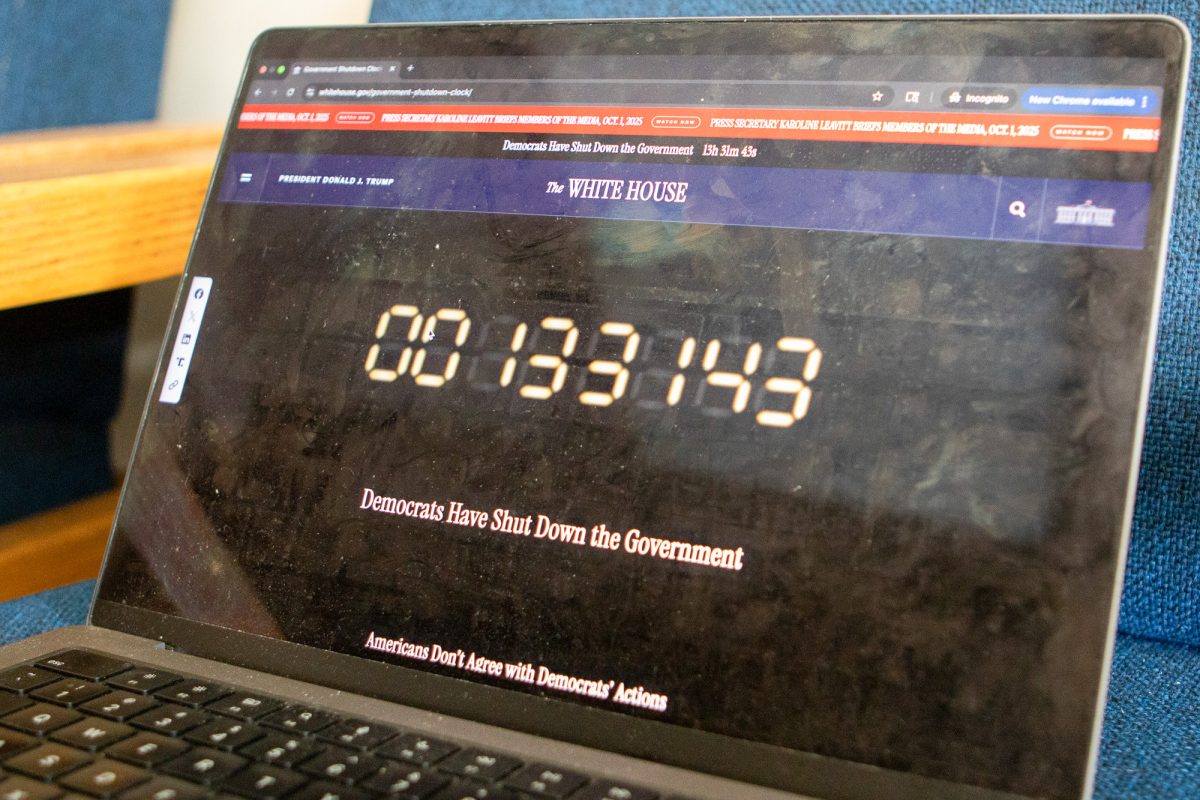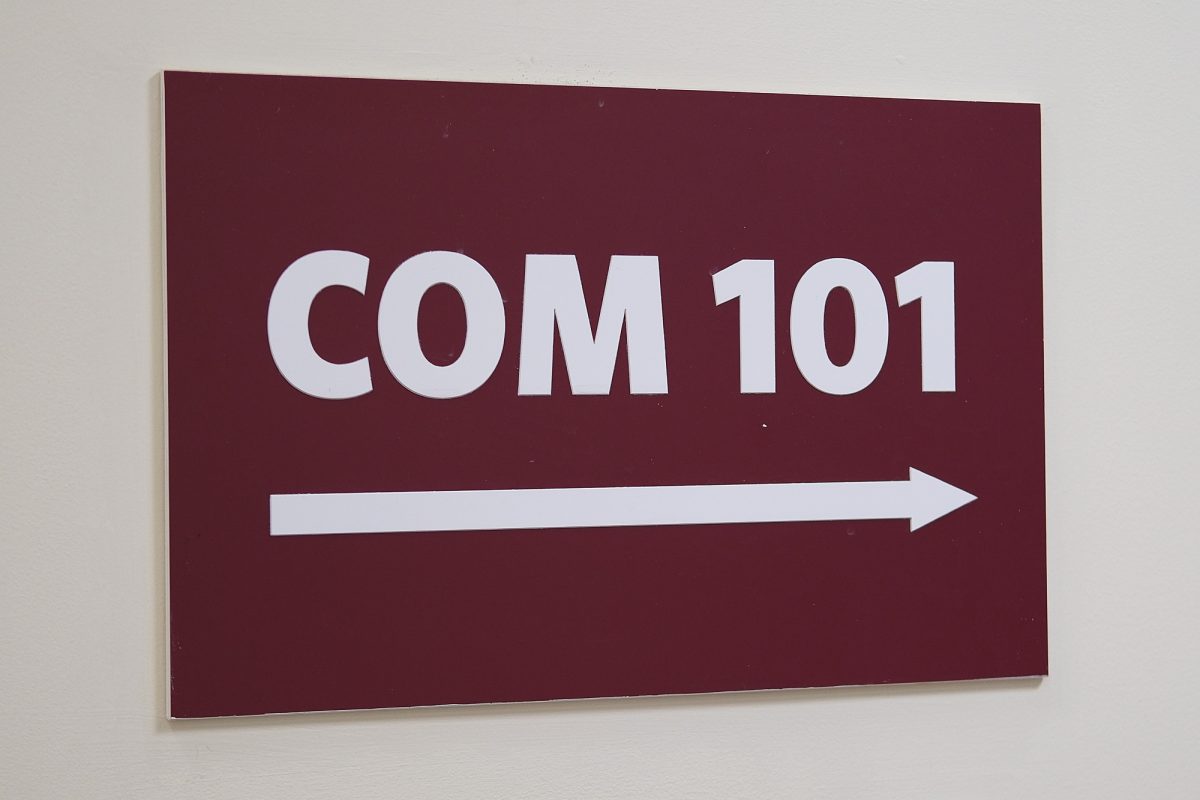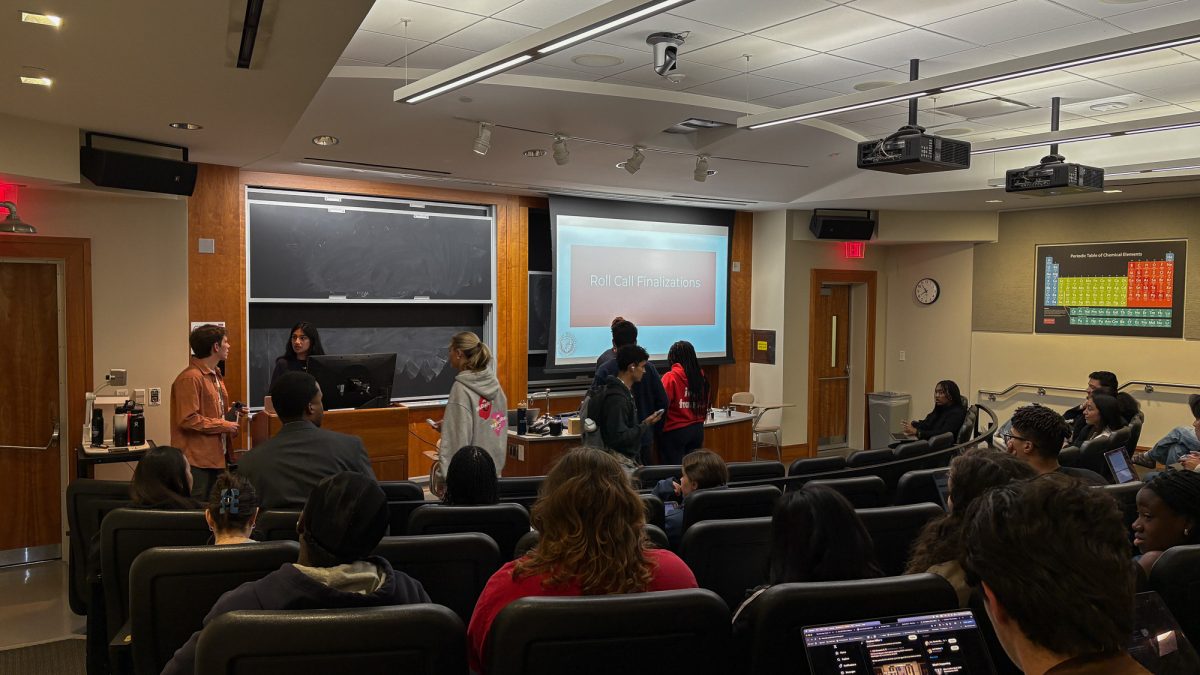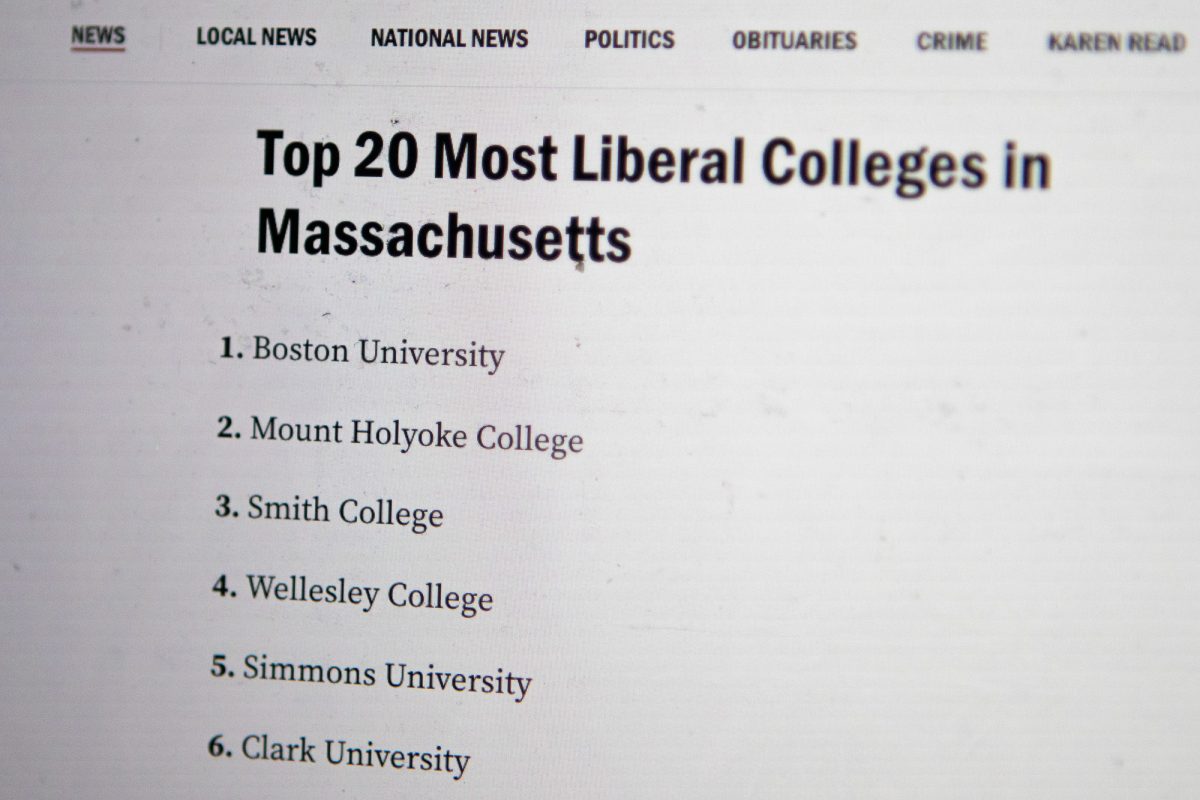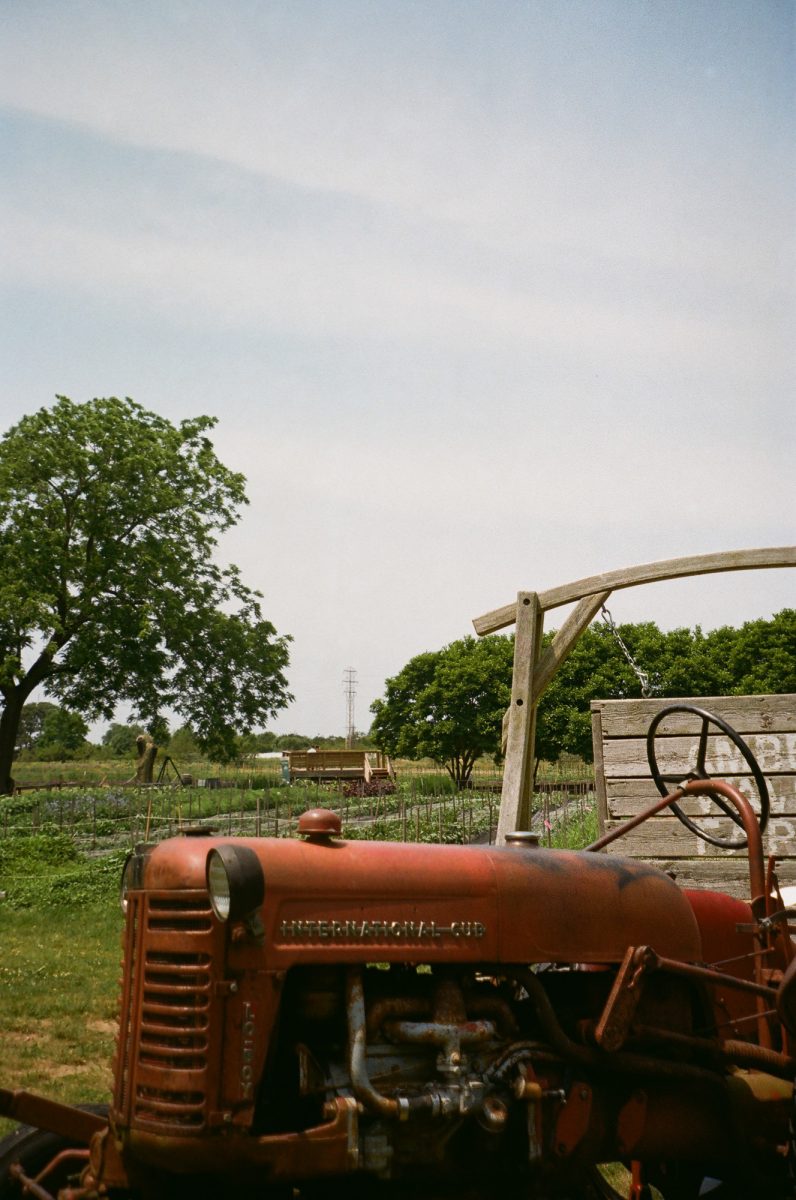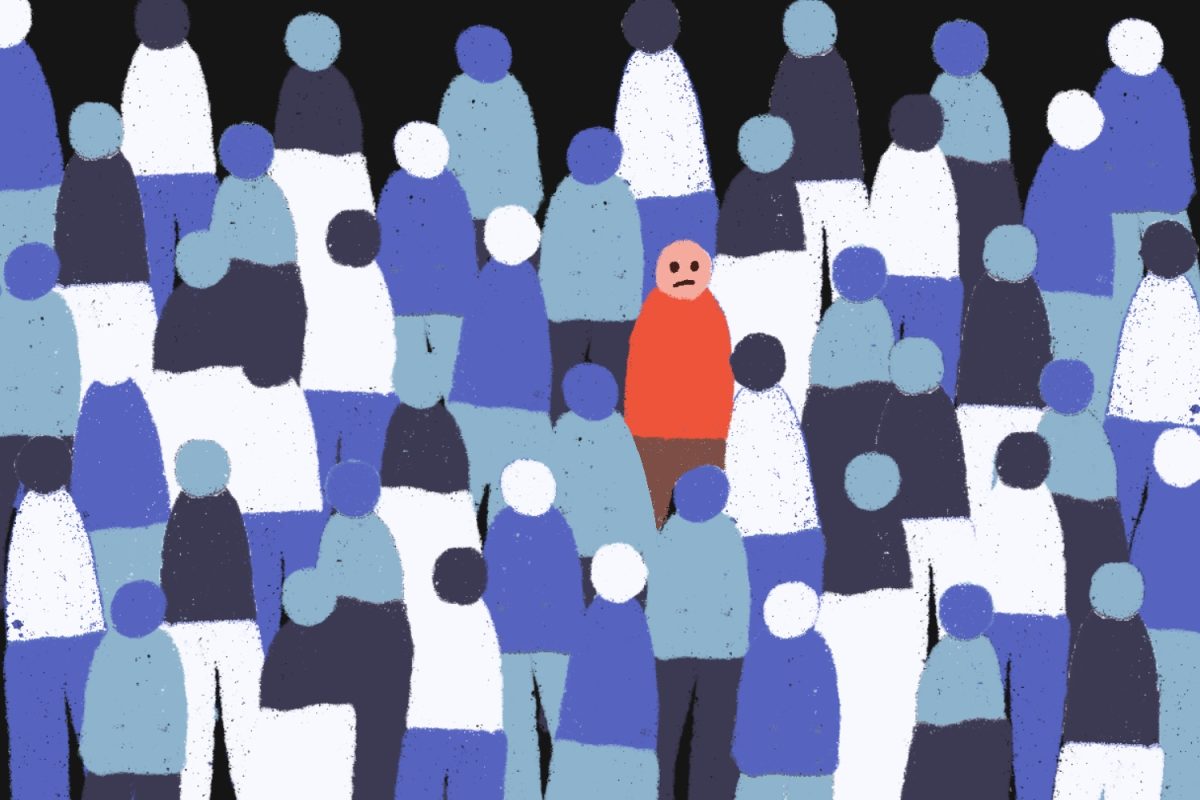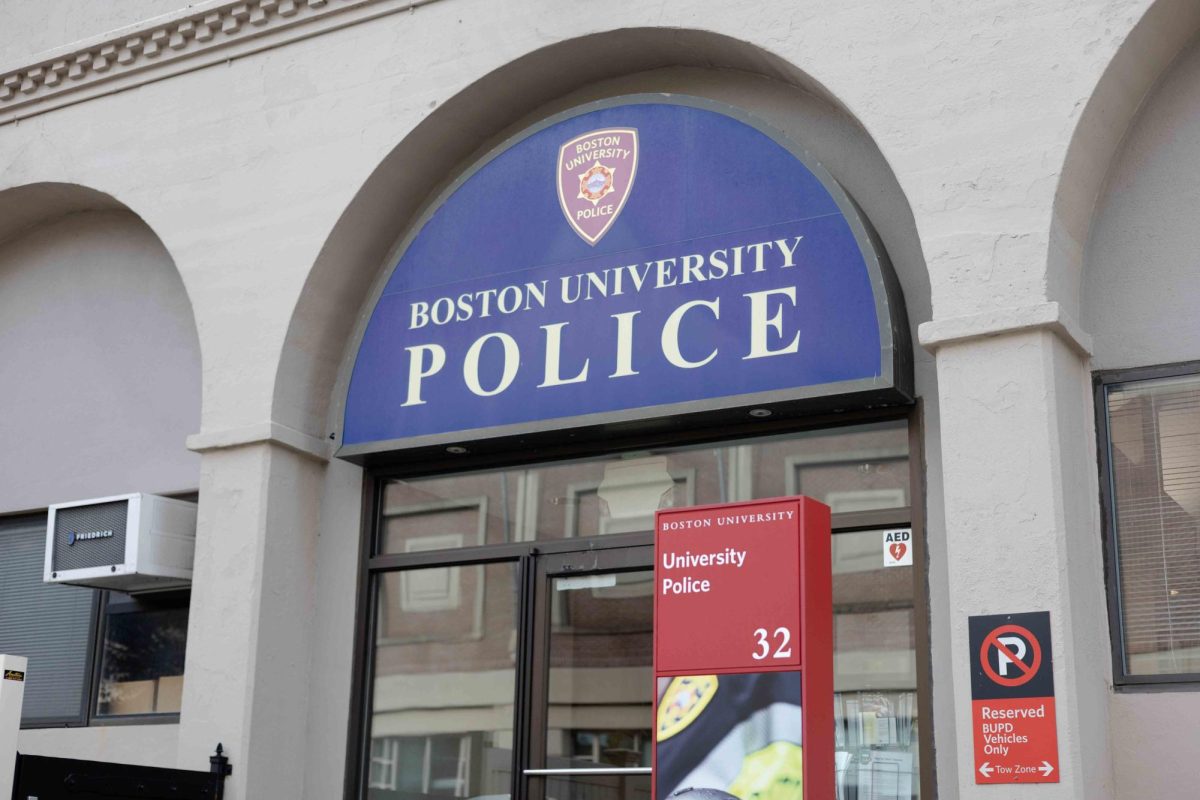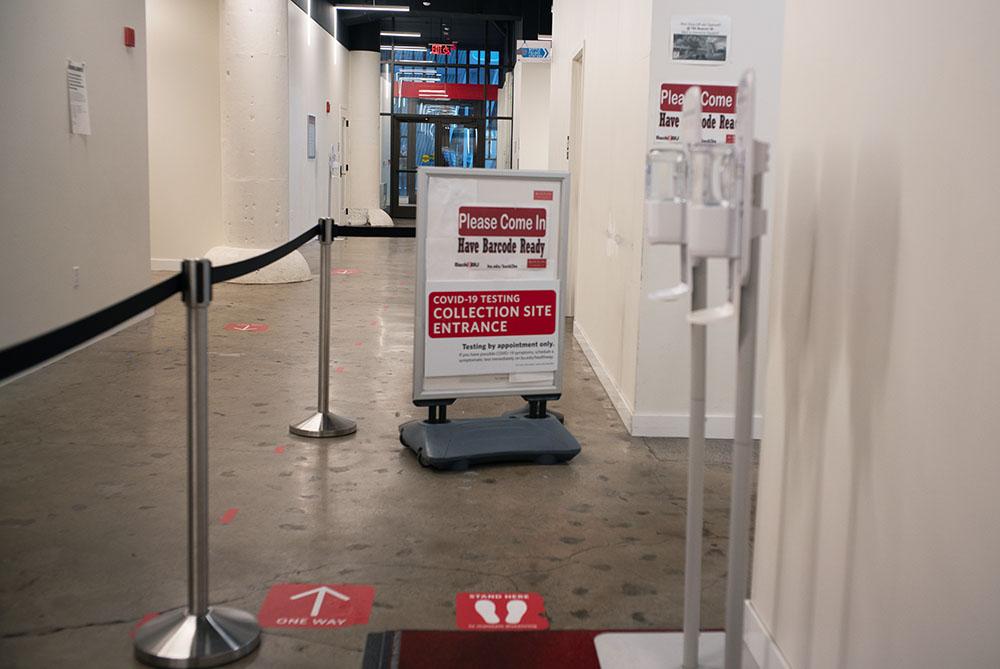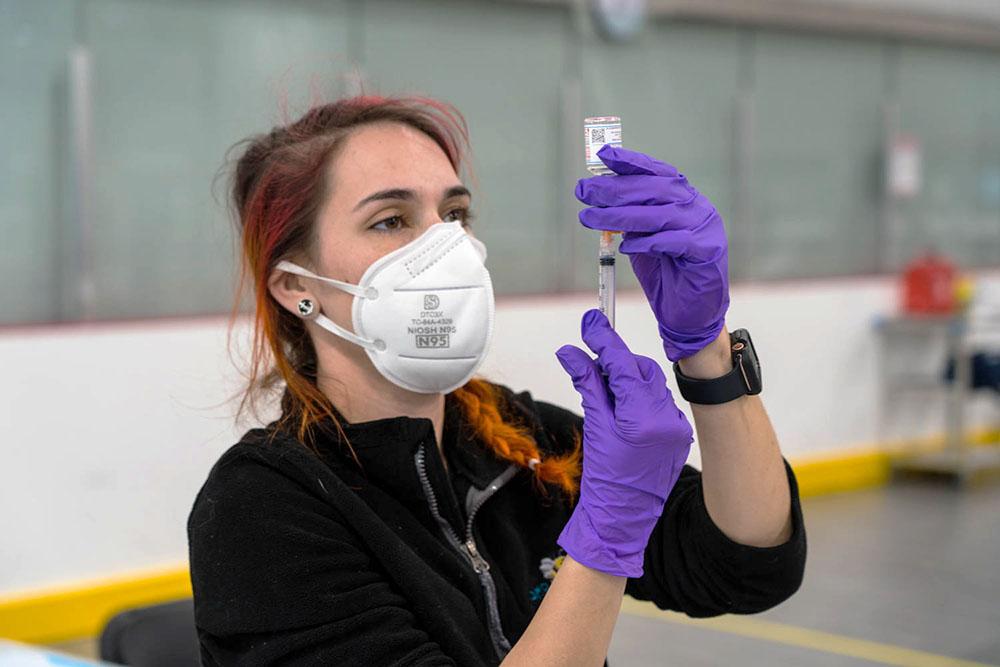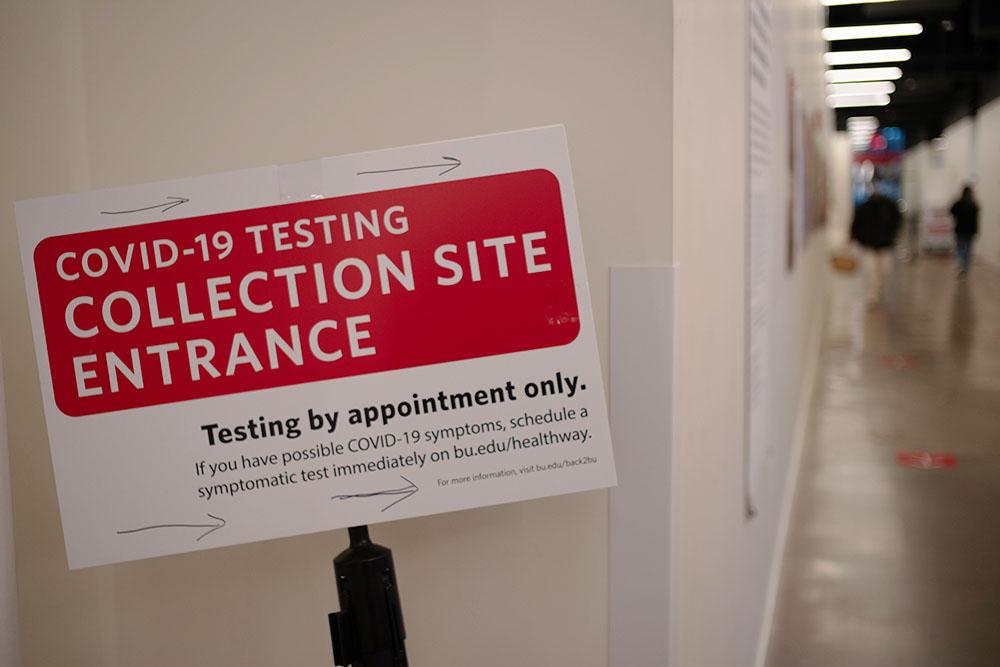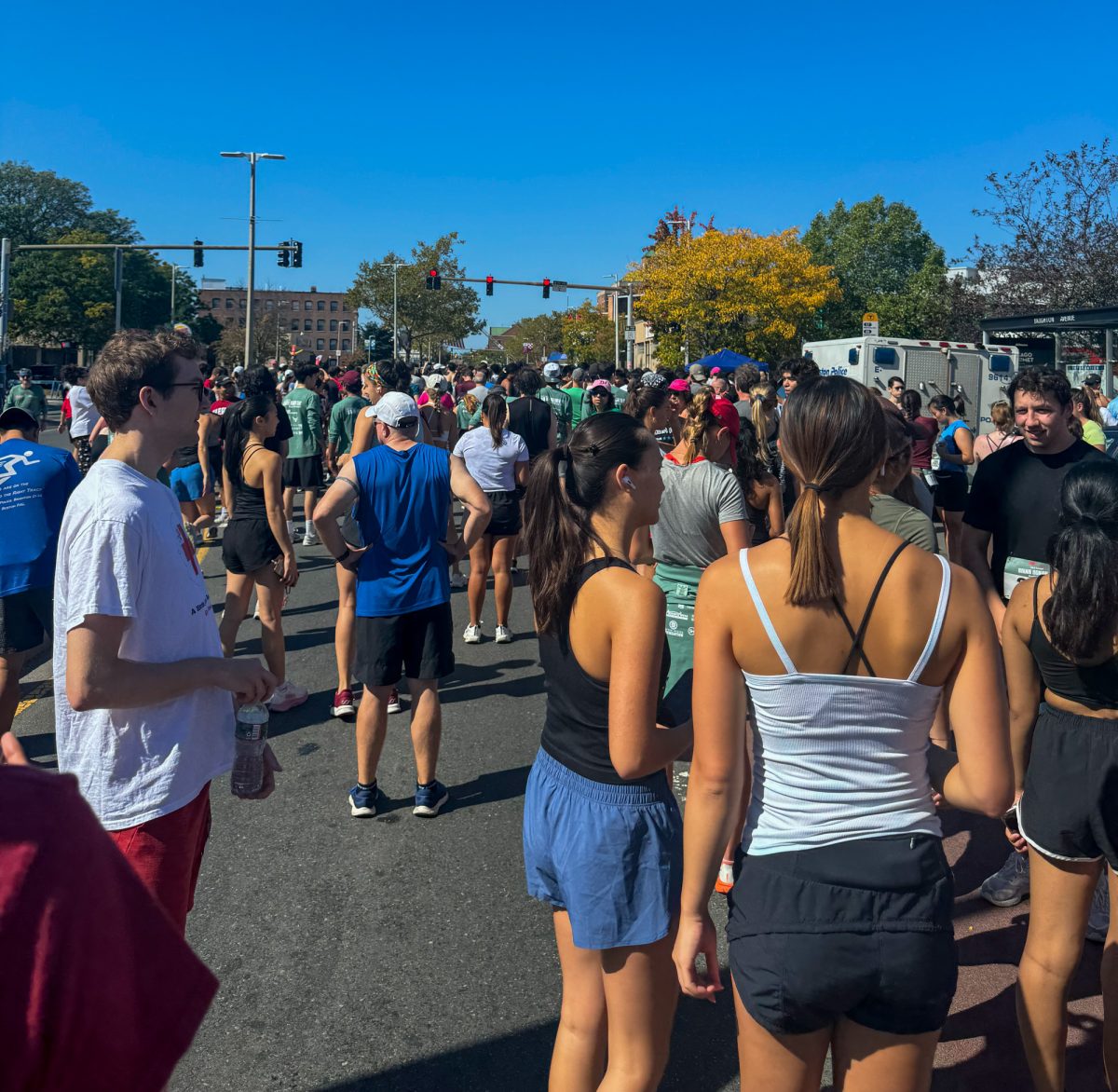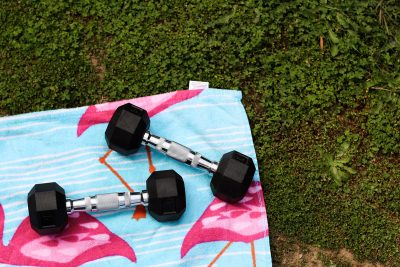
With the Fitness and Recreation Center closed to the public — though exceptions exist for select in-person physical education courses — Boston University students have been forced to look for alternative methods of safe exercise amid the COVID-19 pandemic.
The federal Physical Activity Guidelines for Americans recommends people 18 or older perform, at minimum, two hours and 30 minutes of moderate-intensity aerobic exercise every week, or about 30 minutes daily for five days a week.
But with many adults now staying at home, physical therapist Cristina Colon-Semenza, a research scientist in the Center of Neurorehabilitation in Sargent College of Health and Rehabilitation Sciences, said working out during these times may be more important than before.
Colon-Semenza said Zoom classes and Youtube videos are tools students can use to guide them through a workout. She added that right now, it’s best to exercise outdoors, socially distanced and with a mask, as the risk of coronavirus transmission tends to be much lower outside.
“Go for a brisk walk or even do some cardiovascular activity indoors, like marching in place, doing jumping jacks, walking up and down stairs, Colon-Semenza said. “There are definitely ways to get that activity without having to put yourself at risk.”
Kristina Covarrubias, assistant director of marketing and communications at Fitrec, wrote in an email that FitRec being closed to the public could encourage people to be “resourceful” in safe ways.
When BU initially went remote in March, FitRec launched an online resource that releases exercise tips and videos to help students stay active without a gym. “How to Keep Moving Wherever You Are” is still ongoing, and its videos have been played nearly 15,000 times, according to Covarrubias.
All further reopening updates regarding the center will also be posted on FitRec’s web page.
“It is our hope that FitRec will be able to open soon for informal recreation,” Covarrubias wrote, “so that our students have another opportunity and place to keep moving.”
But as of now, being resourceful isn’t always easy. Evan Brown, a sophomore in the College of Communication, is taking two physical education classes, known as PDPs through FitRec to help with her Theater minor. One of these classes is remote and one is in person.
Brown said what was once a stress reliever now feels like more of a hassle when online, due to limited space at home as well as WiFi issues that make for a glitchy Zoom session. At times, she would completely miss out on parts of a class.
“It almost made it more stressful because I really wanted to be present in the moment,” Brown said. “But just because of Zoom and everything that accompanies that, it makes it really hard to stay in the moment and really follow along with the class.”
As for her in-person course, Brown said she feels “very safe” when attending. The class locations have taped-off squares, spaced six feet apart, in which students can dance. Participants wipe off their “box” after each class, the floor is sanitized every night, and all students and teachers wear masks.
“It’s really nice,” Brown said, “to finally have that space to move and dance on the floor that is meant to be danced on.”
Caroline Dollase, a senior in the College of Arts and Sciences, said she found it “very difficult” to work out in her room alone, but relies on exercise to stay active and sleep well, especially when attending Zoom classes all day. She is also taking two in-person PDP classes.
“It’s really pushing me a lot, which I enjoy, but I’m actually really loving it,” Dollase said. “I’m loving the challenge. I feel like I’m getting in way better shape than I already was in.”
Reyna Flores, a junior in CAS and the College of Fine Arts, said that although she understands why FitRec is closed to the public and is glad the school is prioritizing students’ health and safety, losing access to its equipment and resources is hard. She added that for some, joining an outside gym is not fiscally responsible.
“I have bought some free weights from Target that I’m using and a yoga mat which I’m using just in my apartment,” Flores said. “But it’s definitely not the same and I don’t feel as motivated, or like I’m getting as good of a workout just on my own.”
CAS junior Jingyi Xie said she prefers to avoid fitness centers. Instead, she has found other ways to stay motivated to work out, such as joining Women’s Ultimate Frisbee Club and doing yoga in her room.
“I do try to set time aside on weekends just to work out in my dorm,” Xie said. “I don’t really want to go to FitRec, just because it’s not as safe.”
Neha Shabeer, a sophomore in CAS, is the vice president of membership for the BU chapter of CHAARG — Changing Health, Attitudes and Actions to Recreate Girls — which is a health and fitness community for women.
Shabeer said the pandemic has prompted the group to move its weekly workouts online so its more than 130 members can participate safely.
“We had our first workout this last week. Oh my goodness, the difference was huge,” Shabeer said. “Even though it’s virtual, you still feel that community.”
The virtual format has also made distance no longer a barrier. Now, she said, CHAARG can partner with studios all over the country, and any member can participate both remotely and in person.
Shabeer said that other on-campus student organizations are adapting in the same way.
“There [are] so many amazing recreational groups at BU,” Shabeer said. “They’re figuring it out and doing things that maybe you could do at home … so there is a lot of access and I think the biggest thing is figuring out what works for you.”
Nancy Jiang contributed to the reporting of this article.
CORRECTION: A previous version of this article misstated that there were only 90 members of CHAARG. There are 90 chapters and 130 members at BU. The article has been updated to reflect this change.


